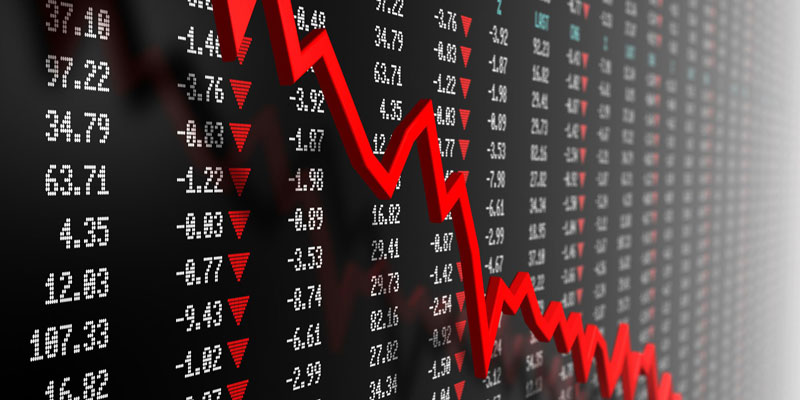
Many weeks before equities have a severe correction or enter a long-term bear market, and the signs are already there. Because of mean reversion, it's common for minor losses to recur into larger ones. Investors can use trade signal red flags to determine whether it's time to consider using a downside hedge. The investor's ability to detect risk early determines which hedging is the most effective.
Buy VIX Calls
Options on the S&P 500 stock index are used to calculate the VIX Index, which reflects market volatility expectations. Markets tend to become more volatile before a crash occurs, and severe market downturns are nearly always accompanied by an even more significant increase in volatility. Thus, taking a position in a volatile market is a logical strategy. This may be accomplished in a few different ways; the first is by purchasing CBOE VIX call options.
The call prices often climb in tandem with the VIX Index. Therefore it's critical to pick the correct strike prices and maturity dates when buying these options. For example, the premium is lost if the strike price is set too far out of the money. Call prices do not always correctly correlate with the index because they are based on VIX futures price quotes.
You may also buy the iPath S&P 500 VIX ST Futures ETN. However, this has some performance problems (VXX). It's an ETN, not an ETF, based on VIX futures, much like the VIX call option. As a result, oddities arise.
Short the S&P 500 or Buy Put Options

The S&P 500 can be hedged in a variety of ways. Investors can purchase an inverse S&P 500 mutual fund from Rydex or ProFunds or short an S&P 500 ETF or futures contract. S&P 500 ETFs and futures can also be purchased as put options. Most of these tactics are unfamiliar or uncomfortable for most ordinary investors. They frequently decide to ride out the downturn and suffer a substantial portfolio loss of double digits.
The greater volatility after a significant decrease drives up option premiums, complicating the decision to use a put option. As a result, even if an investor is on the right track, they might still lose money. An investor who is only marginally active in the markets should avoid selling short. Buying just before a fall is essential for the short strategy to succeed.
Raise Cash in the Portfolio
Many investors are reluctant to sell because of the tax consequences, yet they lost a lot of money in the 2008 and 2020 imperfect markets, respectively. They would have had to make a lot more money later to break even. It is possible to balance lucrative stock transactions with the sale of losing investments.
When Jesse Livermore was anxious about his portfolio's losses, he said he "sold down to the sleeping level." If investors have all their money invested in stocks, they should boost their cash to 20%, 30%, 40%, or whatever feels appropriate.
Long-Term Treasury Bonds

Investors in a full-blown panic sell their stocks and migrate into Treasury bonds as a "flight to quality" or "flight to safety" strategy, generally too late. Investors are buying Treasuries for their yields after swarming into cash. Investing in Treasuries is a bad idea because of the "herd mentality."
Investing in long-term Treasury bonds, mainly Treasury zeros, immediately following an S&P 500 decline is primarily motivated by the Federal Reserve's actions. When the market falls, the Federal Reserve frequently reduces interest rates and purchases Treasury bonds to avert deflation, lower unemployment, and stimulate the economy.
Go for the Gold
People who remained with stocks and lost out on Treasuries' first drop may still use gold as a hedge against additional S&P 500 losses. There are times when gold doesn't move up, but it tends to rise in extended imperfect markets. Gold's value increased significantly in the 1970s, when inflation was very high, and again from 2000 to 2010 when the United States was in a recession.
When gold is doing well, it tends to offer the kind of returns that stock investors are used to seeing. Gold tends to outperform the stock market during imperfect markets. However, shorting the S&P 500 is more hazardous and less lucrative than shorting gold in the long term.
Many Storm-Washing Methods
When it comes to the stock market, turmoil is inevitable. Investors need to have good hedges in place while the storm is approaching. Hedging can be used by investors who are not speculators.
With slightly reduced returns, investing in Treasuries and gold in addition to equities somewhat decreases portfolio volatility. Buying puts for a few months may help some stock investors stay to their objectives, even if they lose money in the long run.



